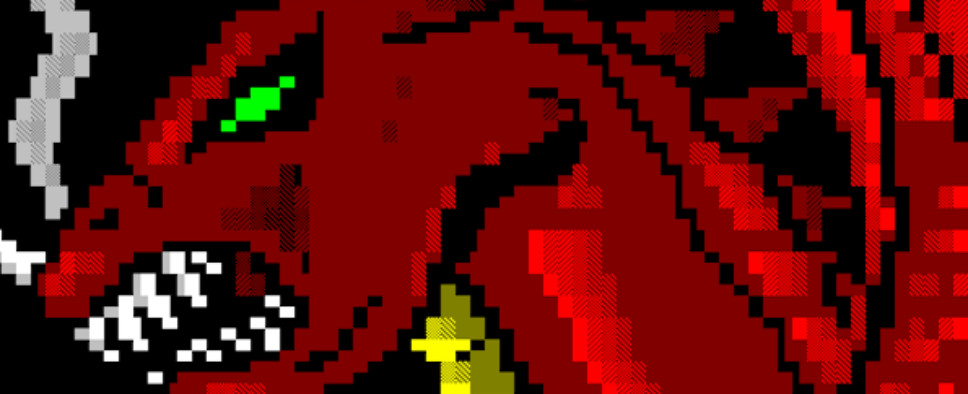BBS Door History / Seth Robinson Interview
-
Category: InterviewsHits: 13836

Article Index
Throughout the 1980s and 1990s, Bulletin Board Systems ruled the connected computer world. And helping to drive that supremacy were games, or doors, that allowed connected users thousands of miles away from one another to compete, band together, and socialize. To ensure that this moment in history is not forgotten and to celebrate the classic doors that made it so memorable, we've just launched the GameBanshee BBS where many of the most popular titles can be enjoyed and preserved.
But launching a BBS in 2014 isn't enough, so we've also tracked down some of the greatest door creators of all time for several new interviews here at GameBanshee. Seth Robinson is one of the most notable developers from this time, as his company Robinson Technologies is responsible for Legend of the Red Dragon and Legend of the Red Dragon II, some of the most recognizable BBS titles ever created. He also went on to create the CRPG Dink Smallwood and continues to develop video games to this day, but I'll let you read all about it in the interview below:
GB: When were you first introduced to computers, and how long had you been tinkering with them prior to being introduced to the BBS scene?
Seth: I started with a free Commodore-16 that my parents had picked up. I thought it was amazing. I could type in simple basic programs (some were included in the manual) and make them run - but I couldn't save them until I was able to convince my parents to also buy a data cassette so I could store them on tape.
It wasn't until years later I was able to upgrade to a Commodore-128 bought from Toys R Us. I think I got that and a disk drive for $500.
Soon after, I scored a 1200 baud modem for subscribing to Quantum-link (precursor to AOL). I think my friend Sam got me into that. Later we realized you could also connect to local bulletin board systems for free.
GB: For those people who didn't have the opportunity to experience the early days of the BBS, how would you describe its history from your hands-on, dial-in perspective? Are there any notable bulletin board systems that you used to connect to in the "early days" or any interesting BBS stories from your own experience that you can share with us? Did you ever actively run a BBS yourself?
Seth: In today's lingo, you could sort of describe bulletin board systems as shelling into someone else's system and poking around. Playing multi-user text games, using forums and such.
The differences were stark though: Only one person per phone line could use the system, and generally the systems and everyone on them were local to you. (A kid can't afford to call too much long distance after all!)
This meant you'd often meet the people you were talking with. We had many a late night run to meet random people: walking to a strangers house to trade software, being picked up and meeting at Denny's at 2 AM, or attending BBS get togethers.
I don't think this kind of thing would fly at all these days. :)
I was addicted to BBSing. I HAD to be a sysop too, so I started my own lowly BBS. But to attract callers, you needed games...
GB: What ultimately led to your decision to develop BBS door games rather than a standalone PC game? Were there any specific doors or PC games that you played prior to developing your own that you used as a point of reference or inspiration?
Seth: My BBS was quite sad. At that time I was running it on the Amiga and had zero games. I knew I needed an interesting BBS game to attract more callers. I had written a lot of little single player RPGs in basic by that time, but what I really wanted was more callers.
Trade Wars was a huge inspiration, my friends and I played for hours daily.
GB: At what point did you start actively developing applications for bulletin board systems, and how did this evolve into creating Legend of the Red Dragon? What influenced you to pursue the role-playing genre versus another type of game entirely?
Seth: LORD begun as a "chat wall" and slowly began to morph into an amalgam of Ninja (a simple fighting game with hitpoints and limited turns per day) and Trade Wars (which had things like a built in chat wall and daily news log with random sayings) . I probably would have tried a Trade Wars clone if I had any confidence I could understand how the sector warping worked.
I was mostly home schooled and a few months of very basic Turbo Pascal classes was the extent of my computer education. Without the resources the internet offers today it was pretty slow going, I really didn't have any other programmers to talk to growing up like I do now. So a simple text BBS door was a perfect fit for my anemic digital skill-set.

